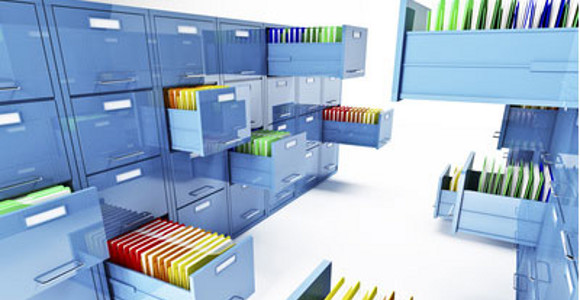Document management is an important facet of any organization, regardless of size or industry. From an operational perspective, efficient document organization processes help improve productivity, improve customer service, and ensure that employees are equipped with the information they need to do their jobs effectively. From a legal perspective, it helps your organization remain compliant to record retention laws.
3 Digital Document Services that Will Elevate your Document Management Process
Topics: Digital Document Services, Document Managing Process
12 Characteristics of the Best Document Scanner Software
Choosing a document scanner software that’s perfect for your organization can be tough. There are multiple options to choose from, and not all are going to be suitable for your needs. That’s why determining your particular requirements – essentially, what you expect to achieve from the file scanning software – is so important. After this is understood, you can make a more informed decision, but even then, it can be hard to select a vendor.
To help you make the right decision for your business, we’ve compiled a list of the 12 characteristics that the best document scanner software all have in common.
How to Get Your Document Imaging Project Plan off the Ground
Topics: document imaging
How to Build a Business Case for a Document Management System
While the benefits of a document management system can be multiple, building a business case in order to achieve buy-in from executives and upper management often requires a bit more than a bullet list of potential advantages. This is because implementing a file management system requires the investment of time and money, as well as a change management initiative to make sure you reap the potential benefits of the system.
What You Need to Know About Record Retention for Your Business
Records retention plays a few critical roles in the operation of a business, assisting in productivity, organization, and even legal compliance. Despite the importance of retention in records management practice, many businesses still don’t have a solid process in place to ensure that the retention of business records and documents is properly managed and administered. If this sounds like you, you may want to reconsider how you view records preservation. Here are the things you need to know about record retention for your business.
A great file management system is an absolutely essential but often overlooked component of any successful organization. The benefits of a system that helps – rather than hinders – your business are multiple, from increased productivity, to better customer service, even employee satisfaction! Yet, so many organizations struggle to implement a document management system that brings them these benefits. To this end, we’ve put together the anatomy of a great file management system, so that your organization can more easily make the changes it needs to improve document management.
Topics: file management
Though microfilm, as a medium, is a very popular information storage format, many companies are opting for microfilm scanning services. Despite its potential longevity (around 500 years, if stored and handled correctly), there are many disadvantages of microfilm. These downfalls can adversely affect the efficiency of an organization. In fact, microfilm may be your company’s weakest link – here’s why.
Topics: microfilm
5 Steps to Safely Store and Preserve Your Microfilm
Topics: microfilm storage
The 5 Biggest Mistakes You’re Making with Microfilm Storage
Topics: microfilm storage
The Future of Microfilm: The Ultimate Microfilm Conversion Guide
In our last post, we talked about how even though microfilm has proven resilient in the digital age, people are increasingly opting for microfilm conversion. For a number of reasons, from convenience to efficiency, microfilm scanning is becoming a more popular choice for businesses and organizations of all types. And while it is unlikely that microfilm will be eliminated altogether, it is safe to assume that the future of the medium lies in microfilm conversion.










